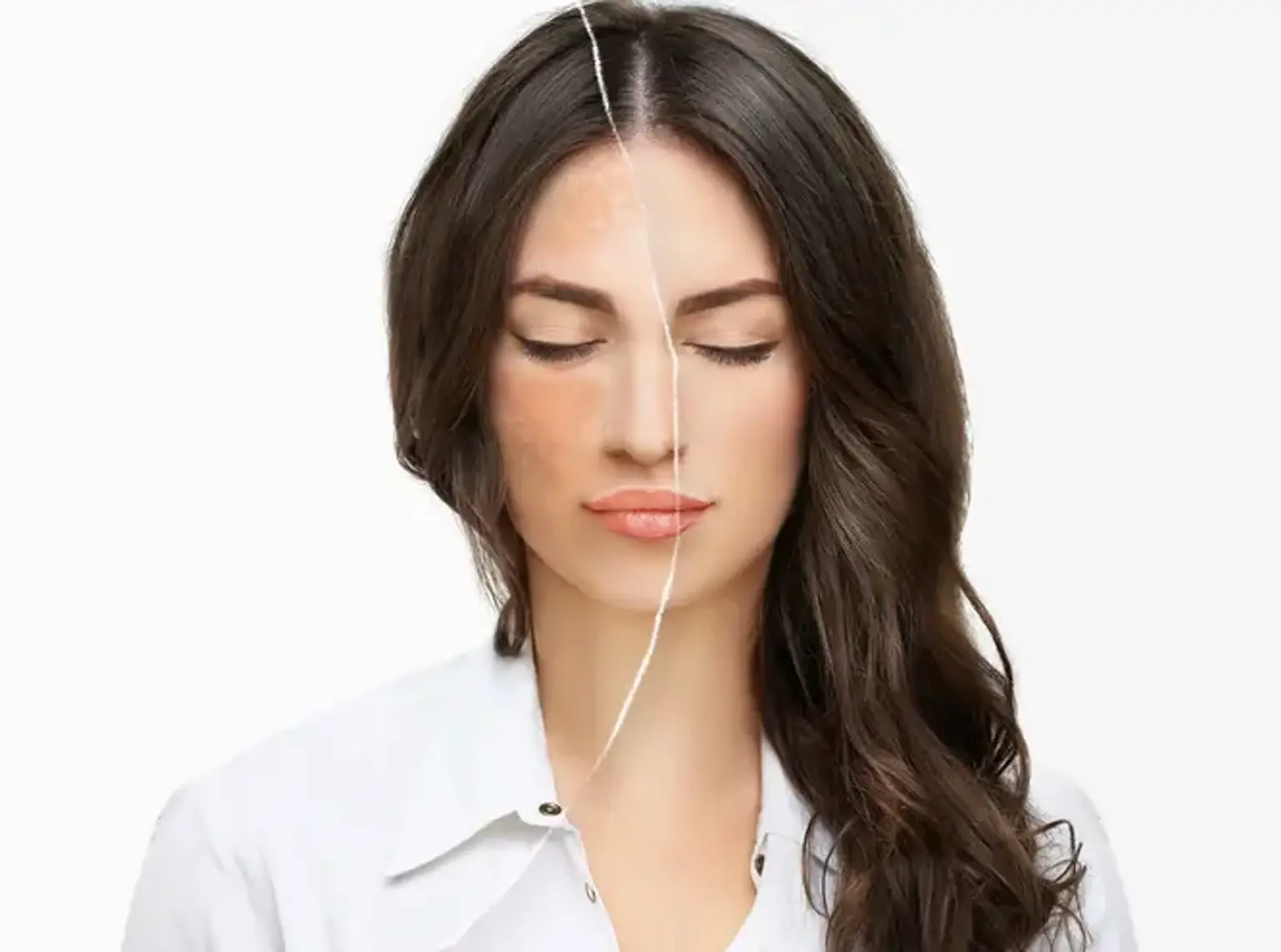Introduction
In recent years, skin whitening laser treatments have become a popular choice for people looking to brighten their complexion and treat various skin concerns like dark spots, uneven skin tone, and hyperpigmentation. As demand for non-invasive cosmetic procedures rises globally, skin whitening lasers offer a promising solution with quick recovery times and noticeable results. These treatments have found favor particularly in regions with high concerns about skin tone and pigmentation issues, such as parts of Asia, the Middle East, and Latin America.
With multiple advancements in laser technology, skin whitening has evolved from a mere aesthetic procedure to a more precise, tailored treatment for many skin concerns. In this article, we will delve into how these treatments work, their benefits, and what to expect during the procedure.
What is Skin Whitening Laser Treatment?
Skin whitening laser treatments are non-invasive procedures designed to lighten the skin by targeting excess melanin, the pigment responsible for skin color. Different types of lasers are used to treat hyperpigmentation, uneven skin tone, and dark spots caused by sun damage, acne scars, or aging. Unlike topical treatments, laser skin lightening directly penetrates the skin layers, providing a deeper, more long-lasting effect.
The most commonly used lasers for whitening treatments include the Q-switched Nd:YAG laser, which targets pigment molecules, and fractional CO2 lasers, which work by resurfacing the skin and stimulating collagen production. These lasers help break down melanin and encourage the skin to renew itself, resulting in a smoother, more even complexion.
